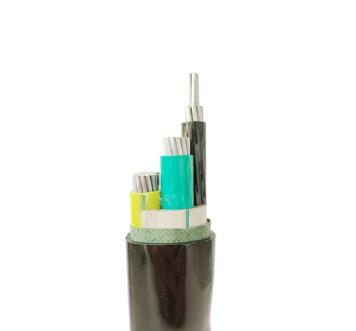How does the diameter or gauge of a wire affect its conductivity
2023-11-01
The diameter or gauge of a wire has a significant impact on its electrical conductivity. In general, as the wire diameter increases (or the gauge number decreases), the wire's conductivity also increases. Here's how wire diameter or gauge affects conductivity:
1. Cross-Sectional Area: The cross-sectional area of a wire is directly proportional to its diameter. A larger diameter means a larger cross-sectional area, which allows for more room for electrons to flow. As a result, a thicker wire can carry more electrical current, and it has lower electrical resistance.
2. Lower Resistance: The electrical resistance of a wire is inversely proportional to its cross-sectional area. Thicker wires have less resistance to the flow of electrons, making them more conductive. Thinner wires have higher resistance, which restricts the flow of electricity.
3. Ohm's Law: Ohm's Law states that the current (I) flowing through a conductor is directly proportional to the voltage (V) and inversely proportional to the resistance (R) of the conductor. In this context, resistance is primarily determined by the wire's diameter. Therefore, a thicker wire (lower resistance) allows for a higher current to flow for a given voltage.
4. Heat Generation: Thinner wires with higher resistance can generate more heat when a current flows through them. This heat can be detrimental in some applications as it may lead to overheating and potentially cause insulation damage or safety hazards.
5. Voltage Drop: Thinner wires with higher resistance can result in a greater voltage drop along the length of the wire, especially for long distances. This can affect the efficiency and performance of electrical systems.
6. Practical Considerations: The choice of wire diameter or gauge depends on the specific requirements of an electrical circuit. Thicker wires are used for high-current applications, such as power distribution, to minimize voltage drop and prevent excessive heat generation. Thinner wires are used for low-current applications where resistance is less of a concern.
In summary, the diameter or gauge of a wire directly affects its conductivity, with thicker wires having better conductivity due to their lower electrical resistance. Choosing the right wire size is crucial for ensuring the safe and efficient operation of electrical circuits. Electrical codes and standards provide guidelines for selecting appropriate wire sizes for various applications.



